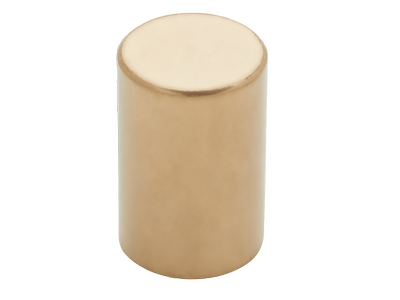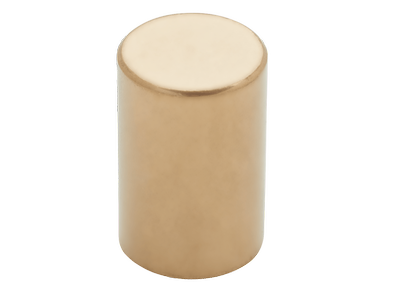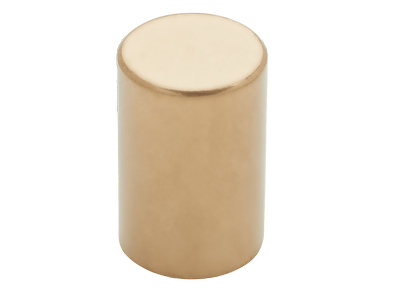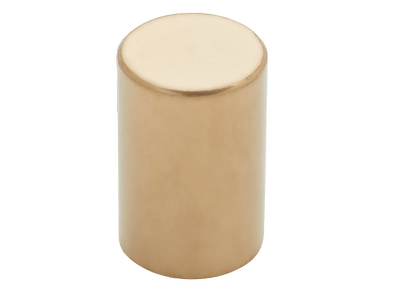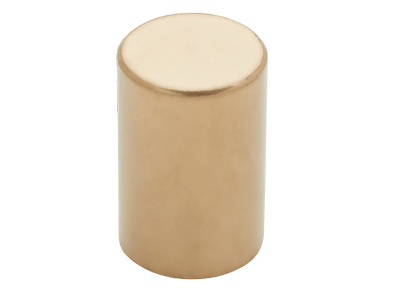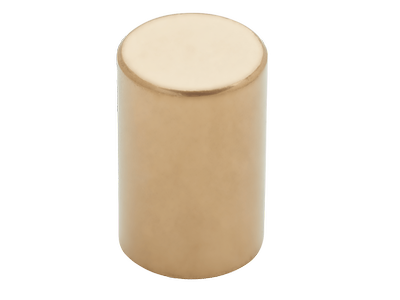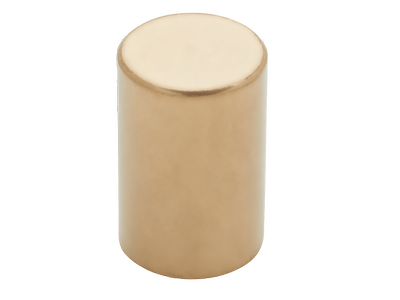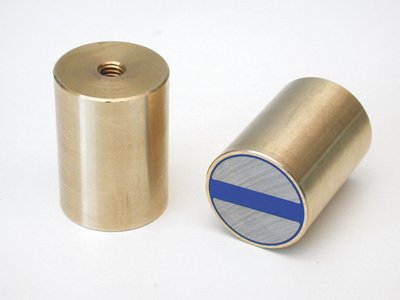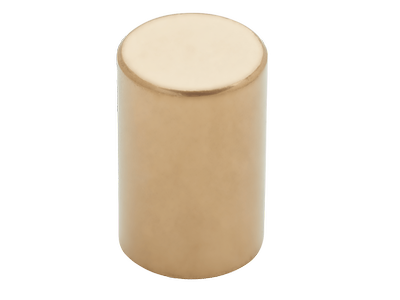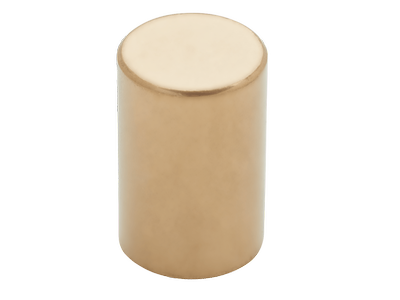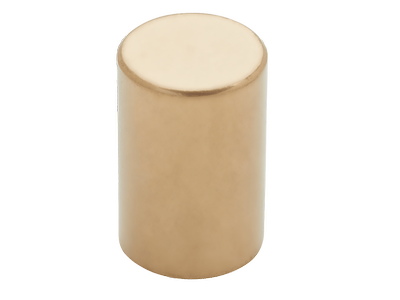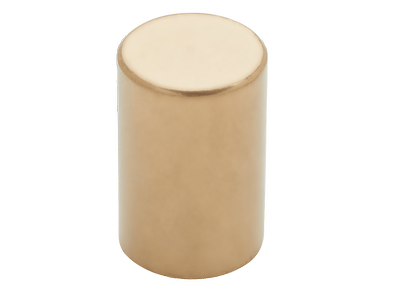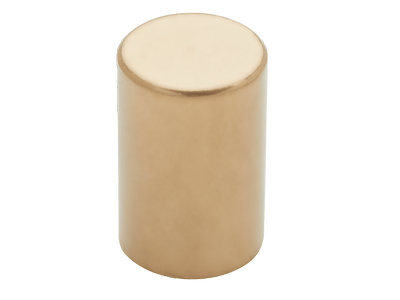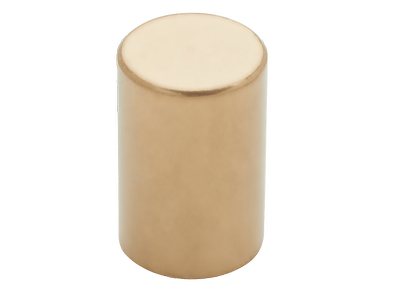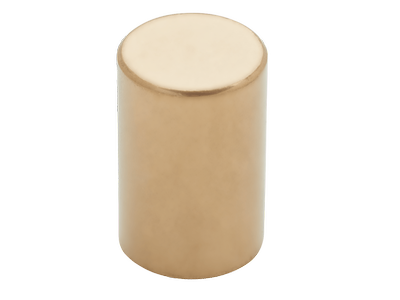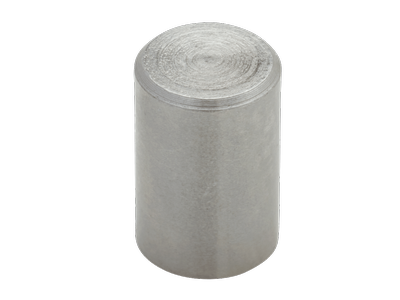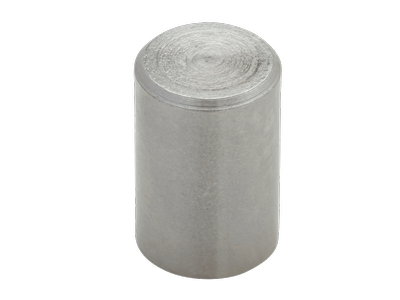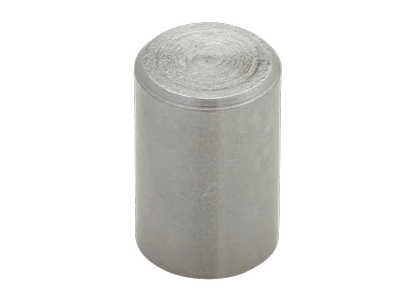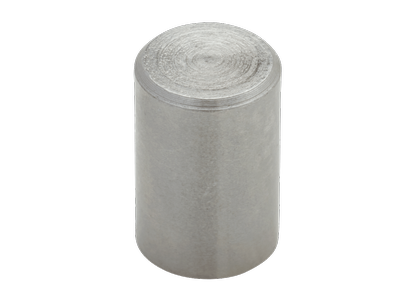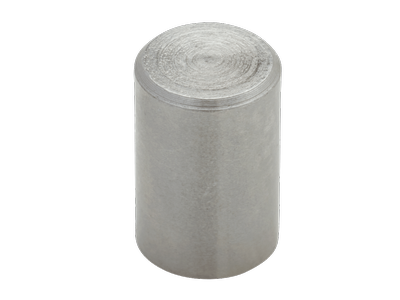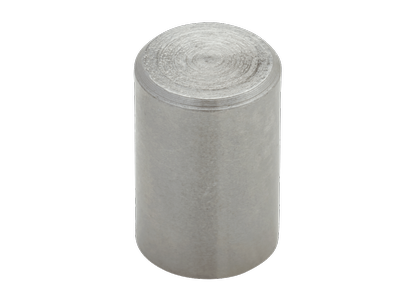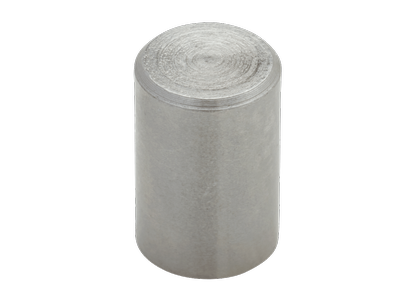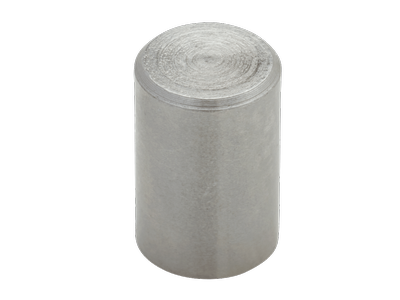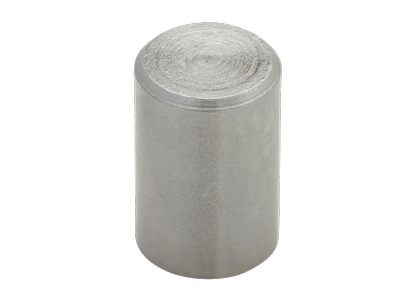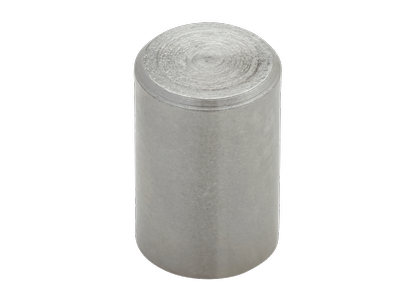Pot magnets cylindrical
These pot magnets are suitable for gluing, pressing and shrinking. Thanks to the shell of these pot magnets, the magnetic field strength increases and they are more resistant to corrosion or chemicals. Pot magnets have a single attraction surface; this prevents the spread of the magnetic field.
Pot magnets cylindrical are available in various sizes and types such as neodymium, samarium cobalt and AlNiCo.
- Deliverable from stock
- Available in various qualities
- Editing without losing magnetic power
- Buy magnets online
What does a neodymium pot magnet consist of?
These super-strong pot magnets are made of the alloy neodymium-iron-boron (NdFeB), which Goudsmit markets under the brand name Neoflux®. The shell - or pot - provides magnetic shielding. Goudsmit supplies neodymium pot magnets with a brass or steel shell. The holding surface has a protective coating to prevent corrosion.
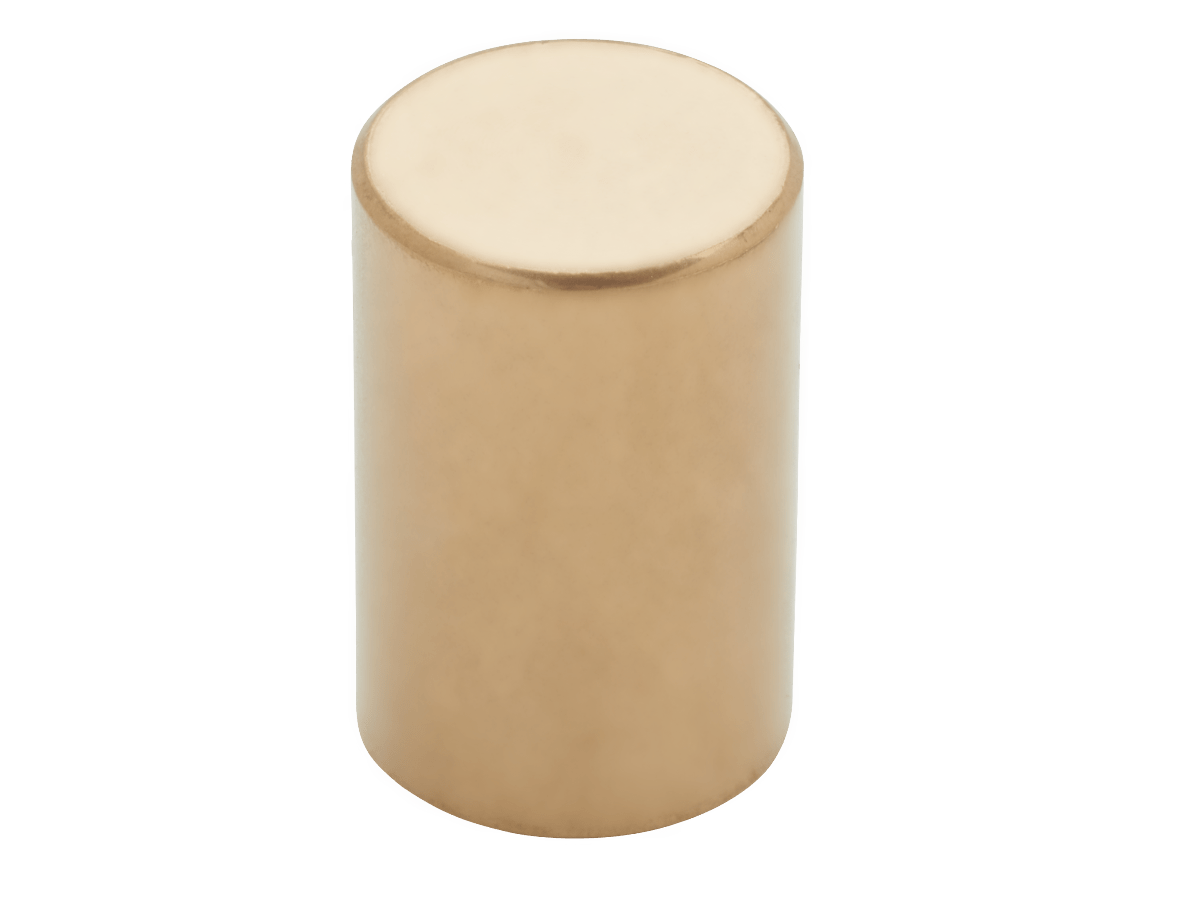
What temperature does magnet strength loss occur at?
Neodymium cylindrical and flat pot magnets have an operating temperature of up to 80 °C. When heated to this temperature, the magnet loses 15 to 20% of its magnetic strength. This is not permanent; the force is restored when the magnet returns to the normal ambient temperature.
External magnetic fields may also cause loss of magnetic force. An air gap or non-magnetic materials located between the magnet and workpiece reduce the tensile force.

Loss of holding force
To prevent loss of holding force due to magnetic short-circuit, neodymium magnets with a brass shell may not be pressed directly into iron. Always maintain a certain distance between the brass shell of the pot magnet and the iron. Contact Goudsmit for specific recommendations.
Tooling the magnet without loss of tensile force:
The magnet strength remains the same when the magnet system is shortened down to a maximum value of A. See the specified value for the relevant item.
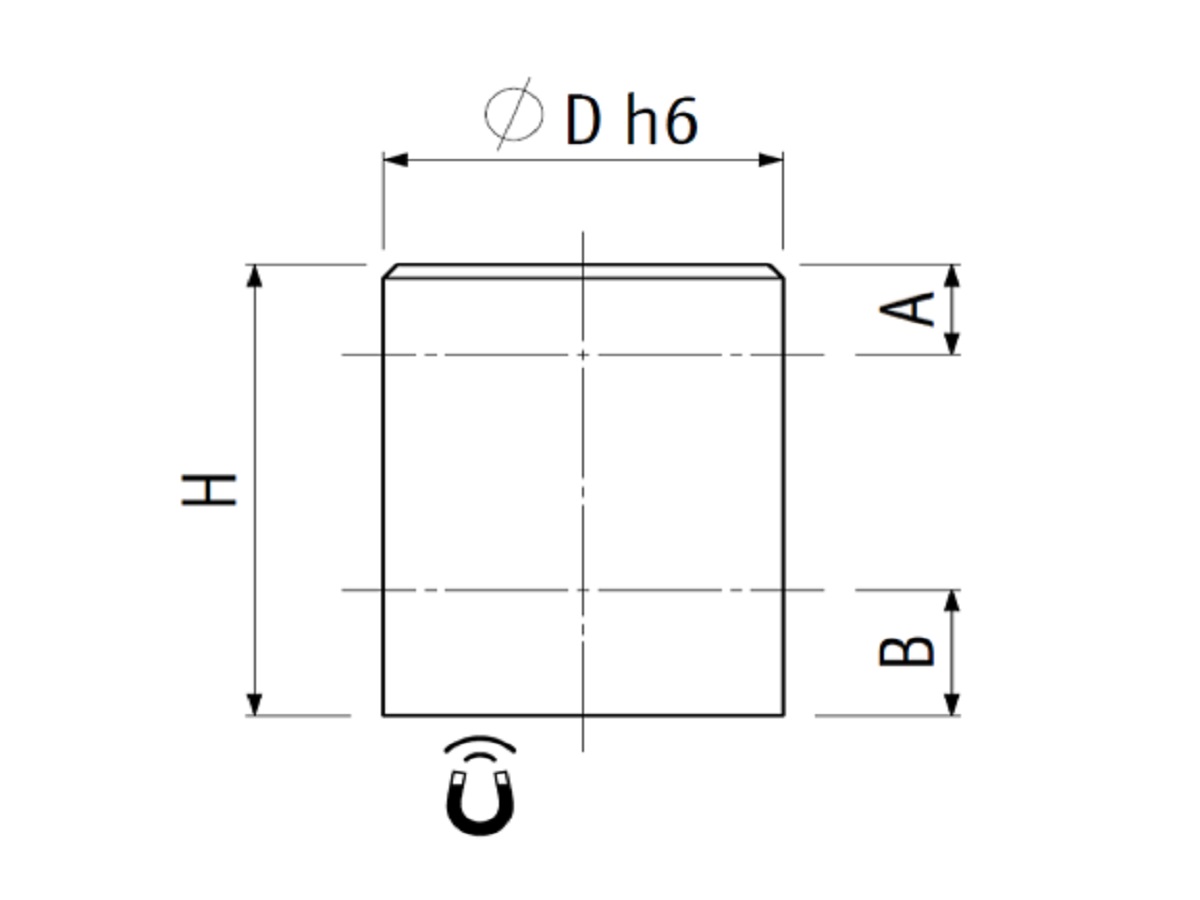
What does a pot magnet of samarium cobalt consist of?
Samarium cobalt pot magnets offer the unique combination of high magnetic force and high operating temperature. These super-strong pot magnets are made of an alloy of samarium and cobalt. The holding force at room temperature is 5 times higher than that of ferrite pot magnets. With the exception of Neoflux® pot magnets, samarium cobalt pot magnets are the strongest that Goudsmit has in its product range.

When does loss of magnetic strength occur?
Samarium cobalt pot magnets have an operating temperature of up to 200 °C. When heated to this temperature, the magnet loses 15 to 20% of its magnetic strength. This is not permanent; the force is restored when the magnet temperature returns to the normal ambient temperature. The magnet force of these pot magnets is lower than that of neodymium pot magnets.
External magnetic fields may also cause loss of magnetic force. An air gap or non-magnetic materials located between the magnet and workpiece reduce the tensile force.

Installation and demagnetization
The steel pot of samarium cobalt pot magnets does not offer magnetic shielding. Therefore, these pot magnets may not be built into steel components without taking special measures. The distance between the steel component and the magnet system must be 1.5 to 6 mm, depending on the size of the pot magnet.
Samarium cobalt pot magnets are very stable and are difficult to demagnetize in a strong alternating current field.
The magnet strength remains the same when the magnet system is shortened down to a maximum value of A. See the specified value for the relevant item.

What does an AlNiCo pot magnet consist of?
AlNiCo pot magnets are made of an alloy of aluminium, nickel and cobalt. They are encased in a steel pot, with a non-magnetizable material - brass or aluminium - in between.
AlNiCo pot magnets have a very high operating temperature.
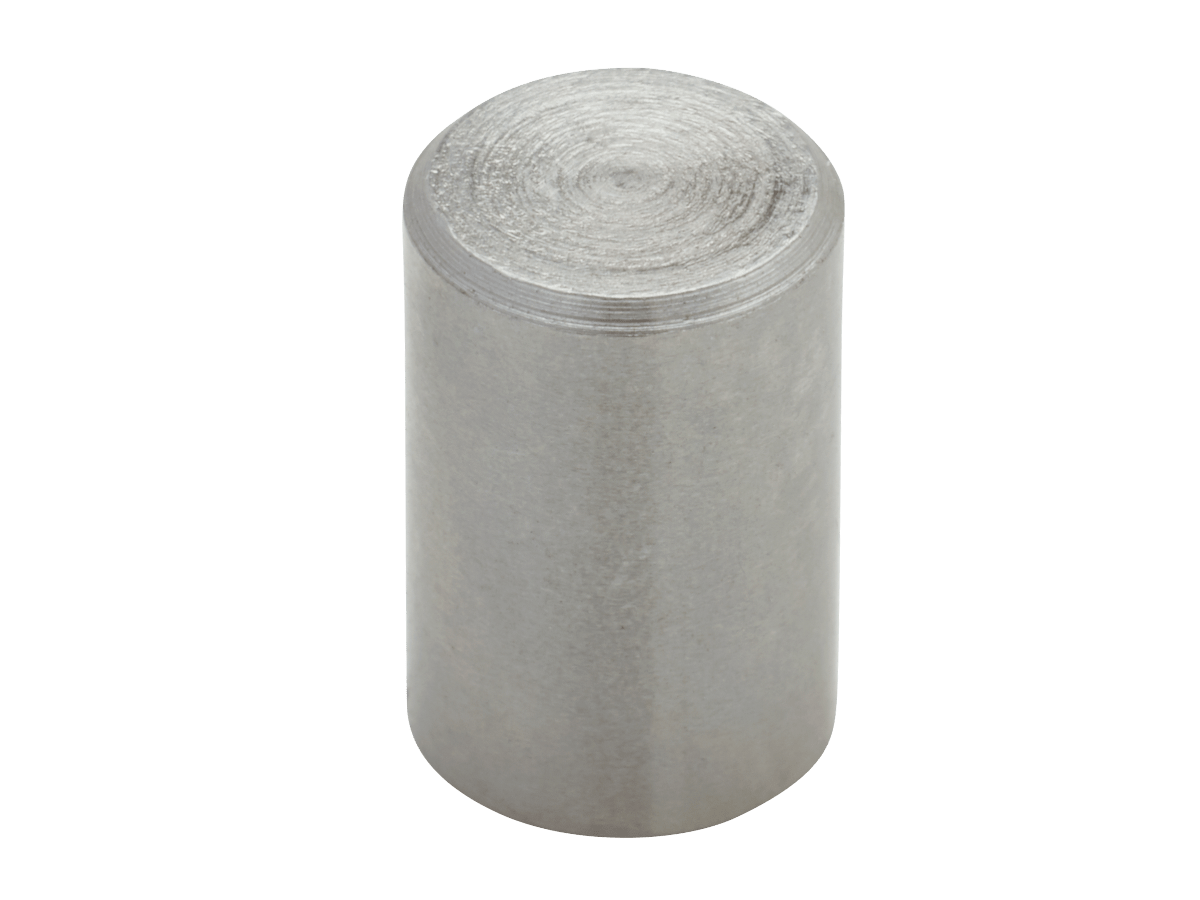
What temperature does magnet strength loss occur at?
AlNiCo pot magnets have a very high operating temperature of up to 450 °C. When heated to this temperature, the magnet loses 30 to 40% of its magnetic force. This is not permanent; the force is restored when the pot magnet cools down to ambient temperature.
External magnetic fields may also cause loss of magnetic force. An air gap or non-magnetic materials located between the magnet and workpiece reduce the tensile force.

Corrosion-resistant
Alnico pot magnets do not corrode and are very suitable for use at high temperatures.
The magnet strength remains the same when the magnet system is shortened down to a maximum value of A.
See the specified value for the relevant item.


